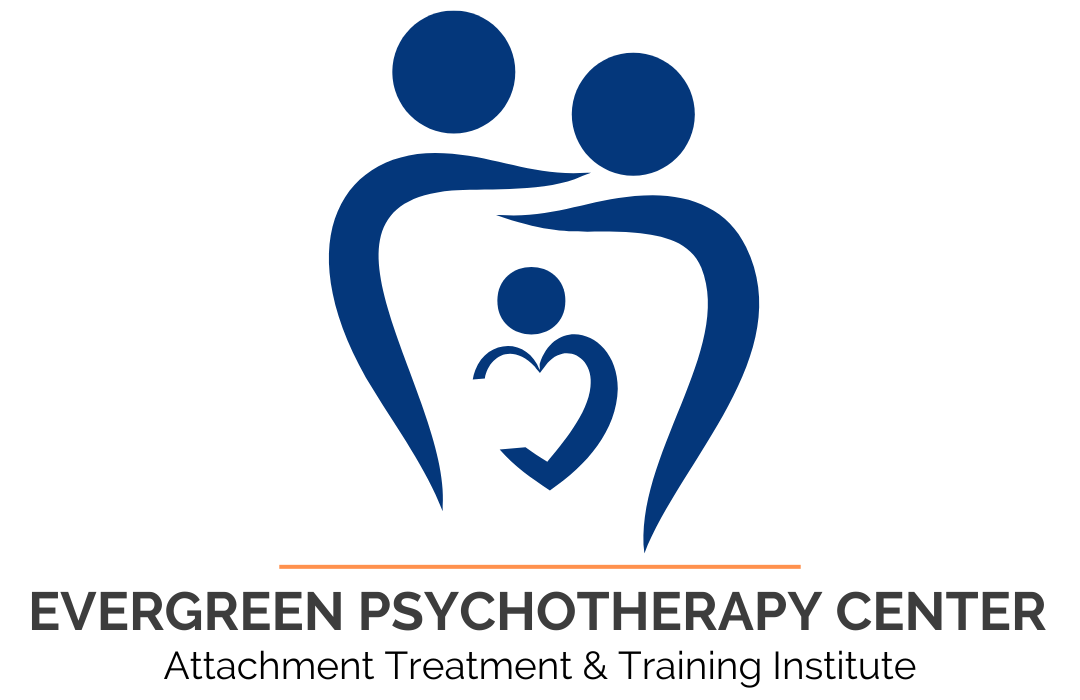The treatment process with children who have experienced trauma and compromised attachment must replicate the emotional, social and biological characteristics of secure parent–child attachment. That is, the ingredients found in parent–child relationships leading to secure attachment
must also be available in the therapist–child relationship, which requires the following:
• Structure: The therapist provides a framework with limits, rules, and boundaries, similar to the clear and consistent structure provided by a sensitive and appropriately available caregiver. The structure is consistent and predictable, yet flexible, and changes in accordance with the child’s developmental needs. For example, the therapist informs the child of the rules of therapy and together they establish an explicit contract. The contract defines the responsibilities
of the child and of the therapist, and the goals they hope to achieve.
• Attunement: The therapist is sensitively attuned to the child’s needs, feelings, and internal working model (core beliefs). Based on an accurate
understanding of how the child thinks and feels, the therapist provides the message: “I know what you need in order to feel safe, and I will meet your needs.” For instance, it is understood that a hostile and controlling demeanor is actually a defensive strategy designed to protect the child from feelings of vulnerability, insecurity, and fear.
• Empathy: Just as a sensitive parent cares deeply about his or her child, the therapist conveys a heartfelt level of caring and compassion. The therapist remains empathic, warm, and caring, rather than reacting negatively to a child’s defensive or distancing behavior. The message conveyed is: “How sad that those horrible things happened to you; I’m sorry that you were treated that way; I understand what you feel and how much pain you must be in.”
• Positive affect: Parents who foster secure attachment generally display positive emotional responses as they interact with their children. They become irritable and impatient on occasion, but are able to maintain their composure and model healthy coping styles. The therapist also maintains a positive demeanor, particularly when the child is angry,defensive or defiant. This prevents the reenactment of negative patterns, such as when a child directly or unconsciously “invites” a caregiver to be rejecting, angry, or abusive. The message to the child is: “I will not allow you to control our relationship in unhealthy and destructive ways.” This provides modeling of positive affect, appropriate boundary setting, and facilitates change in the child’s internal working model (belief system). Traumatized children are particularly sensitive and reactive to body language: facial expressions, tone of voice, touch, eye contact.
• Support: Parents of securely attached children provide a scaffold of support, i.e., a framework that supports the child as development unfolds: the infant is held in the parent’s arms, the toddler explores the environment but checks back with the parent for reassurance, and the preschooler plays independently with friends while still under the watchful eye of the parent. The therapist also provides a scaffolding of support tailored to the developmental needs and capabilities of the child. During the initial phase of treatment, the
therapist emphasizes rules, expectations, and natural consequences. As therapy progresses, the focus shifts to reinforcing and celebrating the child’s independent achievements.
• Reciprocity: A positive reciprocal relationship is one in which there is mutual influence and regulation. The securely attached child achieves a “give and take” partnership with his or her parents, characterized by a sharing of control, ideas, values, feelings, plans, and goals. This parent–child alliance, achieved by approximately 4 years of age, is based on a foundation of basic trust. The therapist guides the child toward a reciprocal relationship based on mutual respect and sensitivity. This begins with the establishment of a foundation for secure attachment (safety, protection, empathy, trust). The child begins to learn to balance his or her own needs with those of others.
• Love: Secure attachment is synonymous with love: the ability to feel a deep, special, and genuine caring for and commitment to another human being. Children with attachment disorder often have difficulty experiencing and demonstrating love toward themselves and others, because they lack the early attachment relationships necessary to create that feeling Corrective Attachment Therapy provides that
relationship context and in doing so, guides the child to a place where love is suddenly an option. During the course of successful treatment, a child will commonly say for the first time, “I am feeling love in my heart.” This open expression of loving feelings occurs with parents eye
to eye, face to face, heart to heart. Children however, will only feel safe in experiencing and expressing love if the parent(s) are available to receive that love. Thus, therapy also helps the parents become emotionally available.


Trackbacks/Pingbacks